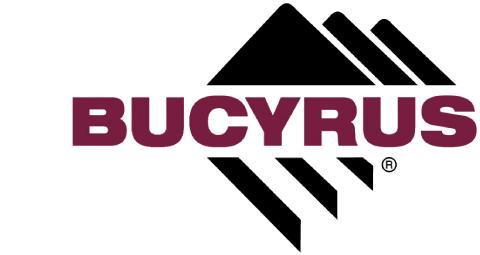
1 minute read
OPERATING INSTRUCTIONS RH 200 Operation
Emergency machine drive
Moving the excavator after failure of the hydraulics
The weight of the excavator, the resistance of the crawler tracks and the high reduction in the travel gearboxes make towing or pushing of the excavator in the event of a failure or of defects in the hydraulic system impossible.
Required equipment
! a self-propelled machine with a dual-circuit hydraulic system max. working pressure 350 bars min. working pressure 200 bars pump discharge rate 100 l/min
These are minimum values. The pump discharge rate indicated corresponds to an excavator travelling speed of ca. 3 m/min.
! 4 high-pressure hoses ca. 11 m long; DN 40 1 ½“ SAE fitting at one end; ready for connection to the auxiliary machine at the other.
! 1 control hose, ca. 11 m. long, to release the brakes one end with a 12 L fitting, the other end prepared for connection to the auxiliary machine at the other.
! 1 leakage oil hose, ca. 11 m long one end with a 28 L fitting, the other end prepared for connection to the auxiliary machine´s leakage oil line.
The excavator can therefore only be moved with the help of another machine (Fig. 2-89:) (wheel loader or grader). The machine used as auxiliary machine must be equipped with a dual-circuit hydraulic system.
! 4 plugs (high-pressure type) for 6000 PSI 1 ½“ SAE connections.
! 1 plug screw 12 L
! 1 plug screw 28 L


